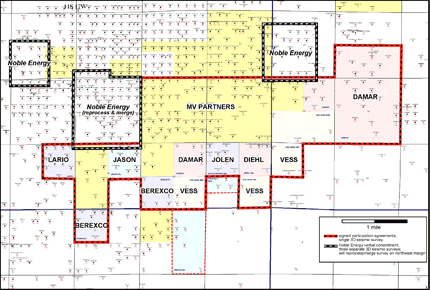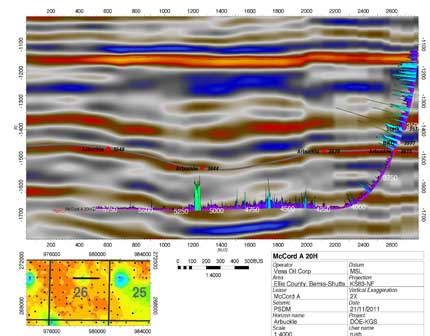Prototyping and testing a new volumetric curvature tool for modeling reservoir compartments and leakage pathways in the Arbuckle saline aquifer: Reducing uncertainty in CO2 storage and permanence
The study will evaluate the effectiveness of a new seismic tool to identify the presence, extent, and impact of paleokarst heterogeneity on CO2 sequestration. The Arbuckle saline aquifer in southwestern KS is an ideal candidate for CO2 sequestration because of thickness (600-1000 ft), supercritical depth (>3500 ft), stratigraphic isolation from freshwater aquifers, and very limited oil and gas production.







